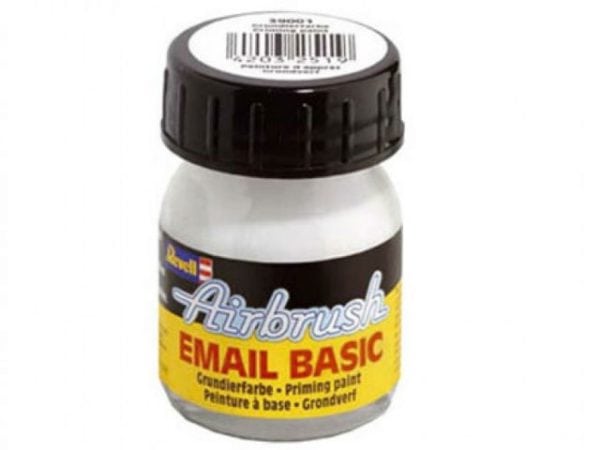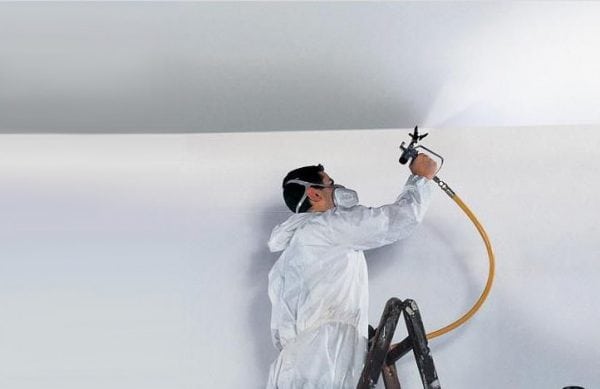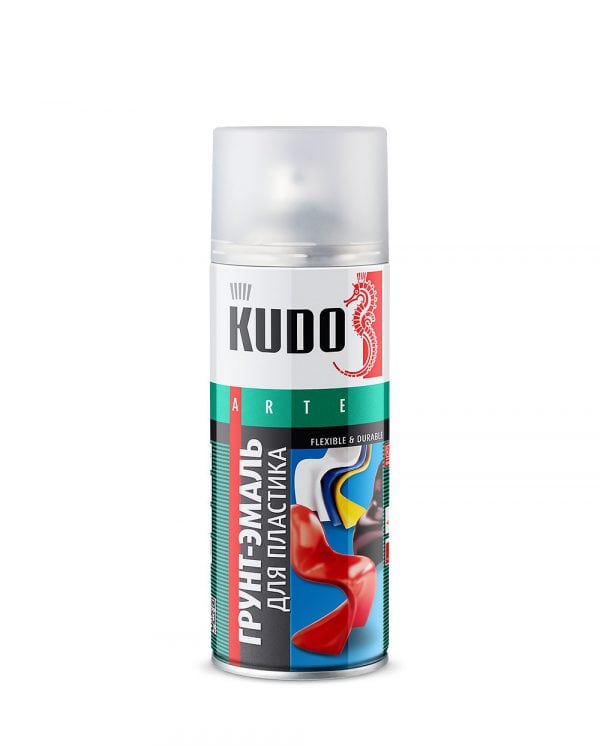Airbrushing allows you to decorate cars, walls of the room, to put an interesting picture on the furniture. So that the painted surface does not lose its attractive appearance for a long time, a primer layer must be applied before coating it with a colorful layer. If you deal with airbrushing or painting professionally and daily face the problem of high-quality processing of large areas, it is better to purchase a spray gun, and for small amateur works, a primer in spray cans is more suitable.
- Proper preparation of the metal surface
- Wall and plastic preparation
- How to prepare a remedy
- Types and characteristics of substances
- Resin based
- Enamel
- Acrylic
- Choosing the Right Material
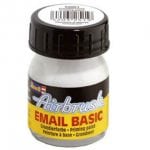
Proper preparation of the metal surface
The first thing to do before applying the primer is to thoroughly clean the surface and wash it with detergents. After all dirt, oil stains, dust and rust have been removed and cleaned, the metal must be degreased.
If the surface was varnished, then it must be carefully sanded manually or using special tools. This is not important, the main thing is that the metal ceases to be shiny - you need a matte background with a good level of adhesion. This will ensure better adhesion of the paint drawing and the metal.
Carrying out matting, one should be more careful and prevent the loss of the paint layer (if an airbrush drawing is applied to the car body). Haze can be created using a matting paste. The tool helps to quickly and efficiently not only mat, but also degrease and clean the surface. In the process, the mixture is removed using a rubber squeegee (rubber plate).
to contents ↑Only after this can the agent be sprayed using an airbrush or any other primer sold already packaged in aerosol cans.
Wall and plastic preparation
For walls, the principle of operation is the same as in the preparation of metal surfaces. First you need to clean and sand the plastered wall. Then apply a white primer. Even if all other walls have a different color, the wall intended for airbrushing must be white.
If we are talking about plastic surfaces, first of all, the plastic is thoroughly washed from all contaminants using household soap or any other detergent. After this, let the surface dry, degrease and be primed.
to contents ↑How to prepare a remedy
The primer, like paints, can be sold packaged in aerosol cans and cans.
Aerosol cans quickly run out, and to work on large surfaces they require a lot. Therefore, it is more profitable to buy a primer in banks and apply it with an airbrush.
In order for the primer to be suitable for spraying with an airbrush, it must be properly prepared:
- Stir the mixture thoroughly so that the particles settled at the bottom are evenly distributed throughout the composition.
- Dilute with a hardener compatible with soil; better if they have one basis.
- Add solvent. It is important to use only a chemically compatible primer.
- All proportions for adding additional compounds to the primer are necessarily indicated on the bank.
- Be sure to filter the finished mixture. For this purpose, you can use gauze, folded in several layers.
One of the most common questions asked by beginners is why they cannot use an airbrush when applying a primer.
This usually happens due to the fact that additives were added to the composition without taking into account the proportions or the lazy soil was filtered. Both of these reasons lead to the fact that the device is constantly clogged and it becomes impossible to work with it.
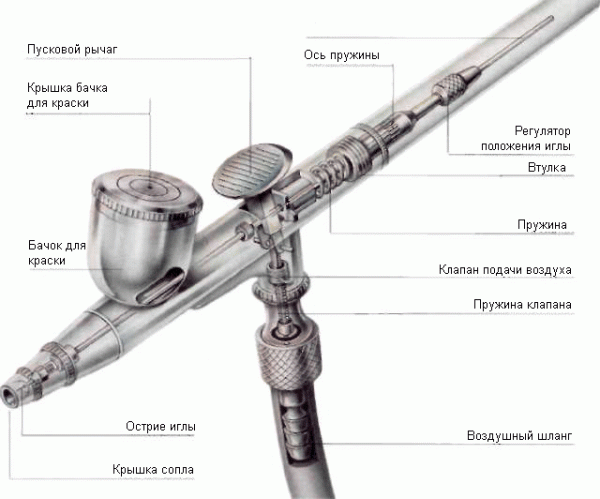
Types and characteristics of substances
Depending on the material from which the work surface is made, the type of primer should also be used.
Resin based
Epoxy primer is available in aerosol form and in iron cans of various sizes. It has a high anti-corrosion ability, it is used for priming works on metal, zinc, aluminum, light alloys. Compatible with glyptal, polyurethane varnishes.
Epoxy primers are not used with coatings:
- alkyd-acrylic;
- alkyd-urethane;
- polyvinyl chloride.
Epoxy primer perfectly lays on the surface, even with a low level of processing quality. Pigment paste or decorative filler may be added to the two-component epoxy material.
This substance has qualities such as increased strength and resistance to moisture. Epoxy primers are applied with a roller or spray gun. For small volumes of surface areas, it is easier to buy a ready-made epoxy aerosol in a spray bottle that does not require any preparatory manipulations.
to contents ↑Enamel
Enamel primer, or liquid plastic, allows to cover surfaces from plastic, metal, aluminum, zinc, wood, concrete. It has excellent water-repellent properties, the surface painted by it acquires an external resemblance to a plastic base.
This soil is produced using food-grade plastic, which is why it is suitable for painting work inside public buildings, kindergartens, schools. It tolerates temperature extremes and exposure to direct sunlight. Primer-enamel does not require additional priming of surfaces before its application.
Enamel primer goes on sale in iron containers of various sizes or in aerosol cans. It is best to apply the primer-enamel on the surface to be painted with an airbrush or aerosol.
to contents ↑Acrylic
They are used for priming aluminum, ferrous metals, wood and other surfaces. There are certain types of acrylic primers designed specifically for application to plastic (primer to increase adhesion). One-component and two-component acrylic primers are available. We wrote about the characteristics of the primer for aluminum here.
When applying soil to large surfaces, you should immediately cover the entire area - this is due to the ability of the soil to quickly dry. Primer is applied in 2-3 layers as needed.
to contents ↑The primer is applied to small surfaces of aluminum or other metals using aerosol sprays, while large ones are covered with soil using an airbrush or spray gun.
Choosing the Right Material
When choosing soil for airbrushing on any surface, it is necessary to observe several rules:
- The soil must be compatible in its chemical composition with other materials used (varnishes, paints). It is better if they are all made on the same basis.
- When choosing a soil, it is worth considering what external factors affect which external factors during operation the painted surface will be exposed.
- When painting large surfaces, it is better to use an airbrush. If you need to update a small product, it is better to purchase soil in an aerosol can.
- If you need to apply several coats of primer, you should give time to dry each new coat.
- The selected soil should be suitable for work on the selected type of foundation in its characteristics.
Self-made airbrushing will not only decorate a wall or furniture, but will also bring a lot of pleasure to the artist in the process. However, if it comes to drawing a picture on a car, it is better to conduct a creative experiment first, using the surface of the metal wall of the garage, and only then move on to more serious objects.

